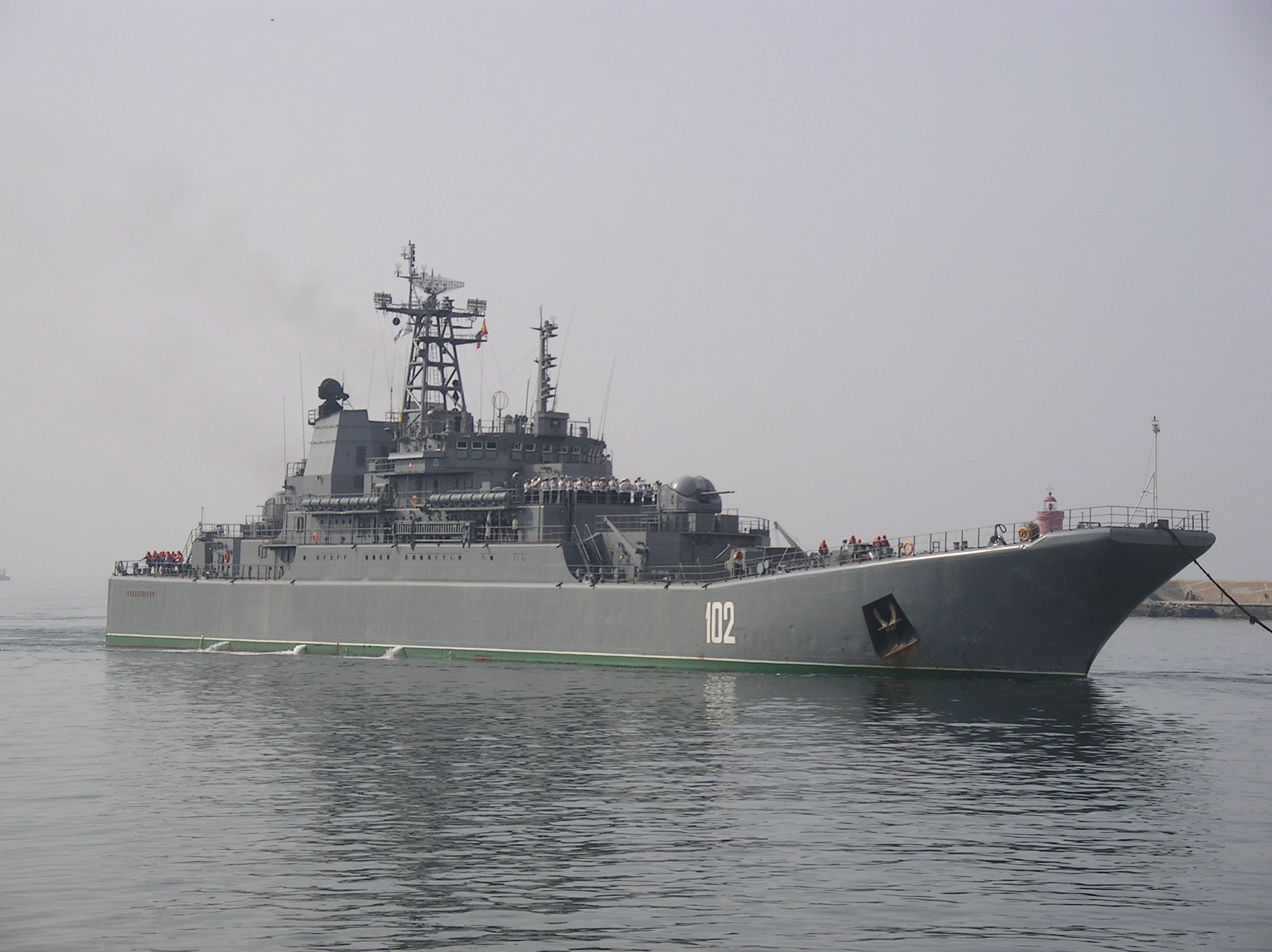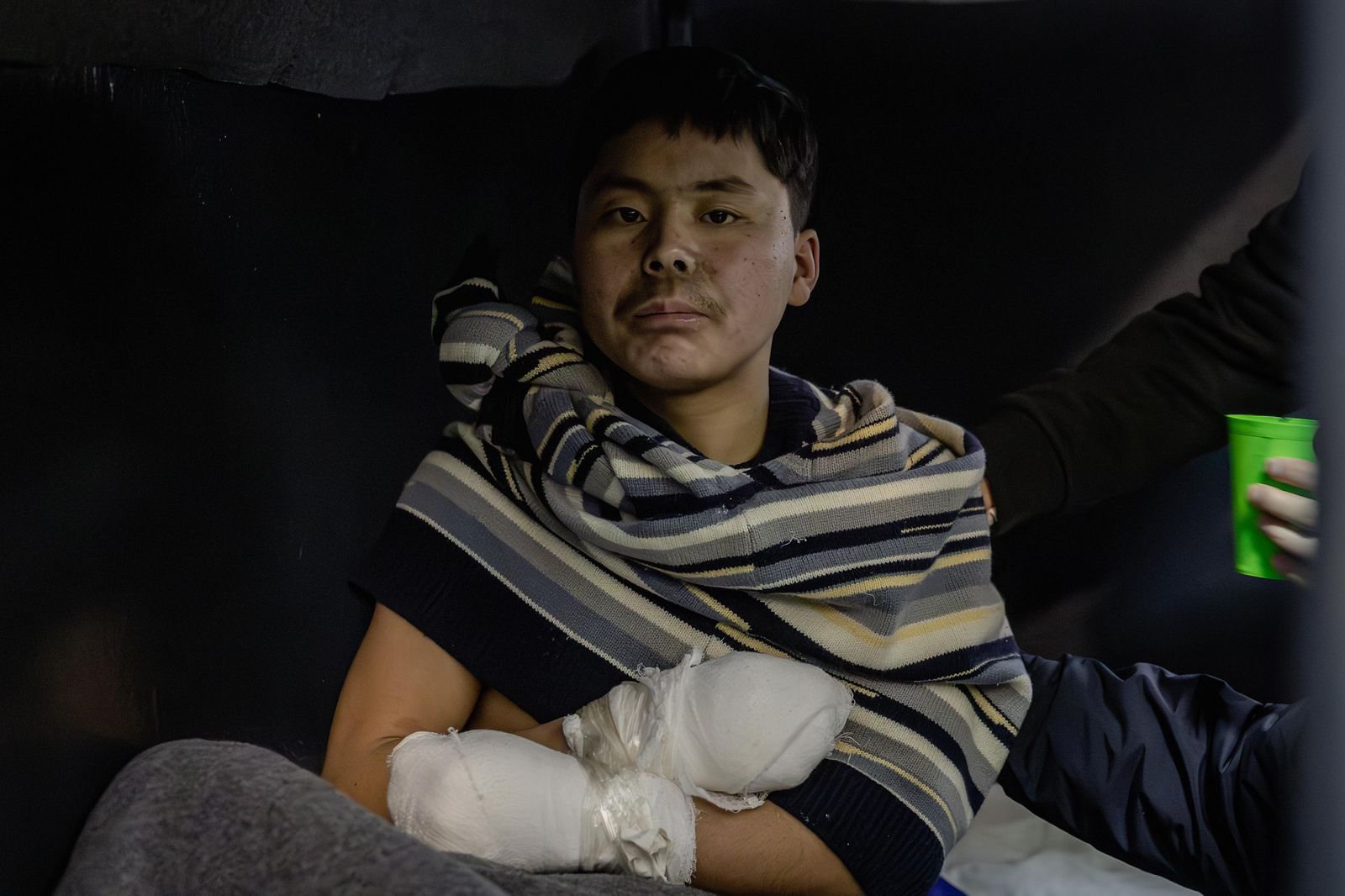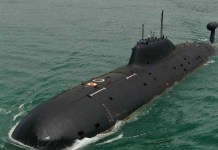The North Korean troops that arrived in Russia to aid its fight against the Ukrainian Armed Forces last year reportedly took the sea route to reach a secluded port in the Russian Far East region.
This was revealed in a set of satellite images from last year, which researchers at the James Martin Center for Nonproliferation Studies at the Middlebury Institute of International Studies in California analysed and shared with CNN.
The researchers have reportedly discovered that at least two Russian naval vessels transported troops from the Democratic People’s Republic of Korea (DPRK), or North Korea, to a Russian military port in Dunai, in the far east, in October and November 2024. The troops were sent to the Far East of Russia to ensure secrecy.
“I don’t think that the Russians or the North Koreans want these transfers caught on camera,” said Sam Lair, a research associate at the Center for Nonproliferation Studies. “The secrecy element is quite remarkable.”
The South Korean National Intelligence Service (NIS) first announced last year that North Korean troops were dispatched to Russia via sea through the port towns of Chongjin, Hamhung, and Musudan, on Russian warships. However, at the time, the NIS could not provide more than a blurry radar image to support its claims.
After a careful analysis, the researchers at the James Martin Center have confirmed that the South Korean spy agency’s reports about the transfer of North Korean troops to Russia corresponded with Russian ships docking at Dunai.
The researchers were able to identify the Ropucha and Alligator-class ships since the satellite photos matched those taken by the Japanese Defense Ministry in March 2022, when they passed through Japanese waters.

The experts estimate that each landing ship could accommodate several hundred soldiers, and maybe as many as 400. According to analysts, soldiers in North Korea probably boarded these ships at night, making it challenging to record evidence of their transit to Russia. However, actions in Dunai, “where it appears the Russians have been less careful,” have been recorded on satellite imagery.
Dunai is a secure military base, unlike the huge neighboring port of Vladivostok, which is located in a residential neighborhood. Dunai would have been far more suitable for covert arrival of DPRK troops. The researchers said that Russians seem to have been very careful to limit the exposure of the North Korean soldiers, moving them directly to military training facilities.
“The motive behind all the secrecy surrounding the North Koreans is uncertain, but moving some of them through Dunai would aid in that effort,” Lair wrote in his analysis.

While the EurAsian Times cannot independently verify the claims, the South Korean NIS published satellite images last October showing DPRK troops at the Sergeevka training ground in Primorsky Krai, near Vladivostok, and at a military facility in Khabarovsk.
The photo of the military facility in Ussuriysk showed about 400 North Korean soldiers on the parade ground, while the photo of the military facility in Khabarovsk showed about 240 North Korean soldiers during training. Both images were taken on October 16.
According to latest reports, the South Korean spy agency said on February 27 that North Korea appeared to have dispatched more troops to Russia, following significant deaths among its forces serving on the Russian-Ukrainian fronts.
The NIS stated that it was attempting to ascertain the precise number of additional personnel North Korea had sent to Russia. The NIS also evaluated that, after a purported brief pullout from the region, North Korean forces were repositioned along fronts in the Kursk region of Russia during the first week of February.
Initially, about 1500 North Korean troops were allegedly sent to Russia. The numbers have since swelled to over 12,000 and continue to expand despite unprecedented losses.
High North Korean Casualties In Russia
Unfortunately, the North Korean forces have suffered massive casualties on the frontline, mostly owing to the lack of their combat experience, flawed deployment by the Russians, and a glaring language barrier.
Ukraine’s military intelligence chief, Kyrylo Budanov, recently said in an interview with South Korea’s Chosun Daily that over 4,000 North Korean soldiers had been killed. If true, that would amount to one-third of the 12,000 North Korean soldiers the United States assessed were stationed in the Kursk region in December.
“The North Korean military personnel fighting in the Kursk region are being used for frontal assaults without much military support such as artillery and armor and drones, against some of the very best Ukrainian forces,” Bruce Bennett, senior defense researcher at the Rand Corporation was cited as saying by VOA.
“Many of the North Korean forces used by the Russians were trained to be special forces intended to penetrate the enemy rear and operate there,” he said. “Their North Korean training was not for frontal assaults, and they appear to not have been trained in Russia very well for such tactics, especially given the evolution of warfare to involve drones and other factors.”

For one, in the last few months, social media has been inundated with visuals of North Korean soldiers being hunted down by the combat-hardened Ukrainian troops.
According to reports, a large number of the North Korean soldiers sent to Russia are members of the Storm Corps, also known as the 11th Corps of the Korean People’s Army, the regime’s elite special forces outfit.
The Storm Corps, headquartered in Tokchon, North Korea, is trained to kill targets and penetrate enemy areas to disrupt their activities. However, reports suggest that Russia has deployed the North Korean soldiers for infantry attacks, instead of using their special operation skills. This works in the favour of Ukrainian troops that deliberately use combined arms and integrated fire to inflict heavy casualties among North Korean troops.
Additionally, there has been a massive language barrier between the Russian and North Korean troops, which has purportedly hindered interoperability. According to a previous UK assessment, “Russia and DPRK forces are almost certainly experiencing interoperability difficulties. The two forces do not share a common language and DPRK troops almost certainly have difficulties integrating into Russia’s command-and-control structure.”
Nonetheless, Ukraine and the West have assessed these North Korean soldiers as well-trained. According to former Pentagon spokesperson Maj. Gen. Pat Ryder, the US determined that the North Korean forces were capable, disciplined, and competent soldiers.
For North Korea, fighting alongside the Russians means accumulating valuable combat experience against a West-supplied army. However, higher combat losses could dampen Supreme Leader Kim Jong Un’s plans to expand his military’s combat readiness.
In addition to troops, North Korea has sent arms and ammunition to Moscow. The United States, South Korea, and their allies are concerned that Russia could give North Korea high-tech military technology in exchange, which would significantly improve its nuclear weapons program.
- Contact the author at sakshi.tiwari9555 (at) gmail.com
- Follow EurAsian Times on Google News




